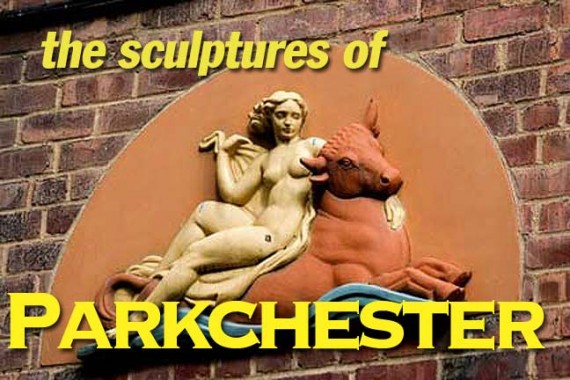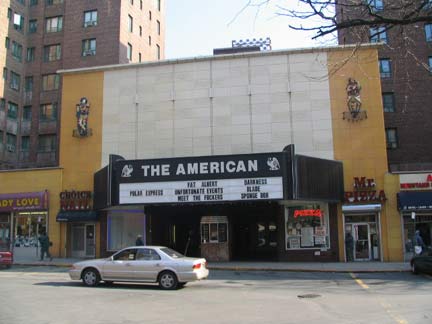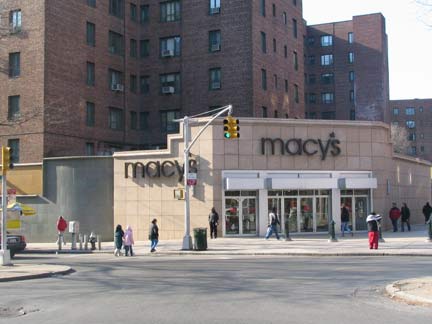If you haven’t been to Parkchester you’re in for a treat. Visiting the Bronx’ s premier apartment complex is an experience that will delight anyone with an interest in urban planning and a sharp eye for detail.
Take the #6 train into the Bronx, exit at the Parkchester station and you will find yourself at Hugh Grant Circle, named for a New York City mayor from 1890-1892 (not the cheeky British actor). Look here on its south side for the façade of the old Circle Theatre, which is now an exercise studio. Cross into Parkchester and choose any street or pedestrian path.
Parkchester was built in 1941 by the Metropolitan Life Insurance Company on 110 acres, some of which had been occupied by the New York Catholic Protectorate, a home for poor children. For its time, Parkchester was a pioneer in rental-unit engineering, as it included amenities like gleaming new bathrooms with non-slip bathtub bottoms, double sinks and cabinets in the kitchens — an innovation at the time. The complex boasted a bowling alley, recreation areas, the very first Macy’s branch outlet, and three movie theatres in or near it: The Loew’s American (still there as a multiplex), the Palace and the Circle.
Met Life provided Parkchester with a rather whimsical style. While the tall seven and twelve-story buildings appear somewhat monolithic when viewed from afar, a walk around the complex reveals the friendly face Parkchester presents: its generous employment of colorful, playful terra-cotta statues and sculpture.
Met Life chose Federal Seaboard Terra Cotta Corporation for the project. The company supplied over 500 statues of hula girls, accordion players, farm animals, and other unique accoutrements as doorway ornaments, as well as elaborate designs for theatres and storefronts, some by renowned sculptor Joseph Kiselewski.
Some believe the sculpture at right is a depiction of Mary, mother of Christ. Contrast with the title card (above), a depiction of the “rape of Europa”; in classical myth, Zeus appeared to a maiden he had an interest in, Europa; disguising himself as a bull, he carried her off to the island of Crete.
A Kiselewski sculpture depicts a family above one of the doorways. Animals are well represented at Parkchester.
Senoritas and seals
He resembles Michael Caine in Zulu.
Looks like the fireman is ready to rescue the fair maiden from the ledge.
Snow or rain don’t bother these Parkchesterites. Or Parkchesterers, or Parkchesteri.
Strangely enough, these most beautifully colored figures can be found in a relatively hidden region at the back of the American Theatre.
Some photos by Steve Garza (September 2006) rest by your webmaster (December 2004). Page completed September 25, 2008



